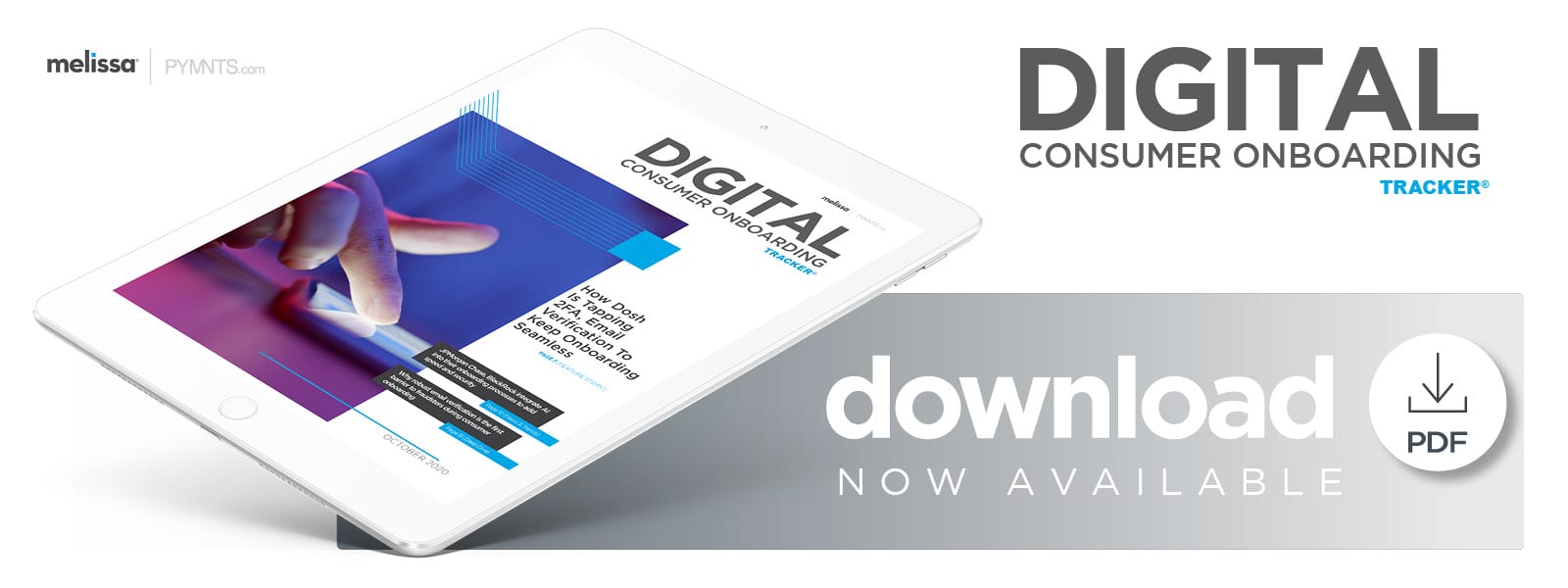How Dosh Is Tapping 2FA, Email Verification To Keep Onboarding Seamless

Today’s online consumers don’t expect to have to choose between speed and security. In the latest Digital Consumer Onboarding Tracker, Ryan Wuerch, CEO and founder of cash-back platform Dosh explains how pairing familiar authentication tools, such as email and text-based verification, can help retailers keep customers satisfied during sign-up and get them transacting quickly.
Merchants and consumers alike are placing greater emphasis on digital connectivity during the pandemic, prompting retailers to support swift and smooth onboarding processes that appeal to new users. Offering seamless sign-up experiences is becoming more difficult, with the health crisis boosting the need for greater security, however, especially as fraudsters attack digital platforms in droves.
Consumers do not expect to have to choose between speed and security, however. This is why verifying consumers’ identities by authenticating their email addresses and other details must be as seamless as the rest of the onboarding experience, Ryan Wuerch, CEO and founder of cash-back platform Dosh, said in a recent PYMNTS interview.
“During mobile app sign-up, we verify details with 2FA using text messaging and email verification,” Wuerch said. “We have bank-level encryption to ensure information is safe and secure. We also use multifactor authentication and 2FA to prevent unauthorized access to ensure all of our wallets are always safe. We put bank-level security around every one of our consumers and their data.”
Employing verification processes tied directly into the onboarding experience can eliminate friction and boost the likelihood that consumers will complete sign-up, he explained. Getting authentication right is therefore critical for merchants as they compete for customers with changing views regarding onboarding and their relationships with businesses.
Balancing Seamlessness And Security
Keeping consumers secure while holding their attention is tricky for merchants that need to establish trust during onboarding. Balancing these concerns during authentication has always been particularly challenging for retailers as consumers are likely to grow frustrated by verification measures that force them to exit apps or websites or take too long to finalize. Pandemic-related fraud appears to have heightened consumers’ focus on security measures as well.
“We are actually seeing consumers wanting to get through the onboarding process as quickly as possible and know they are protected along the way,” Wuerch said.
Integrating robust verification measures into the devices and payment methods consumers already use could help merchants offer both the seamlessness and the security customers seek. This could also enable retailers to distinguish themselves from the numerous businesses battling for customers online, he said.
Wuerch explained that consumers have become more budget-conscious and are therefore more selective about choosing new merchants or spending too much with familiar brands. Dosh’s own research found 90 percent of consumers view saving money as a top priority. This makes it all the more important for platforms and merchants to make sure that customers can swiftly complete onboarding processes and begin transacting.
“Today, more than ever, merchants and brands are wanting to know that the advertising dollars they are spending are actually creating a transaction, ultimately creating customer acquisition, higher frequency or higher loyalty and are in fact driving direct engagement with the brand,” he said.
Consumers onboard onto the Dosh app by downloading it onto their smartphones, creating their accounts and verifying their identities using 2FA, which includes having codes sent to their email addresses and through text messages. Those who complete the process can then immediately begin transacting with the more than 10,000 merchants listed on its platform, Wuerch said. Merchants themselves are also seeking new ways to connect with consumers who are increasingly eschewing traditional shopping channels for digital alternatives during the pandemic. This behavioral shift is likely to be permanent, too, meaning security measures must evolve to keep pace.
Tailoring Security To Shifting Shopping Channels
The pandemic is pushing shoppers and retailers alike to more closely scrutinize the security measures protecting online data and transactions, and this heightened awareness will likely persist over the next few years, Wuerch noted. Merchants are also examining how the pandemic has more broadly affected where and how consumers want to engage with their brands.
“We have had more merchants come on our platform in the last 90 days than in our entire history because merchants now need to find a way to engage with consumers in new ways,” Wuerch said.
Merchants, their partners and their security providers must carefully monitor consumers’ evolving needs and determine how best to meet them, and this process begins with onboarding. Merging innovative authentication tools with trusted measures like 2FA and email verification can allow businesses to provide seamless sign-up processes that hit the right notes with consumers from the get-go.

